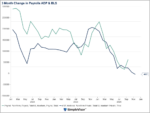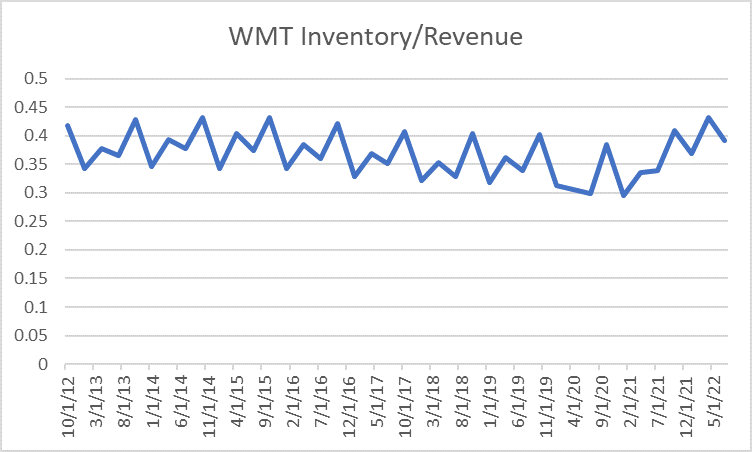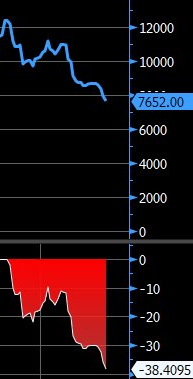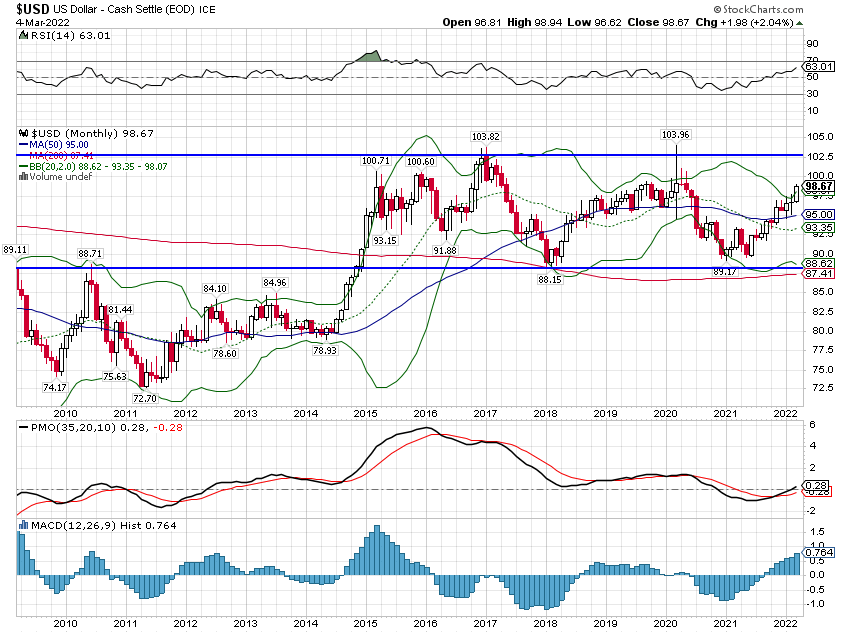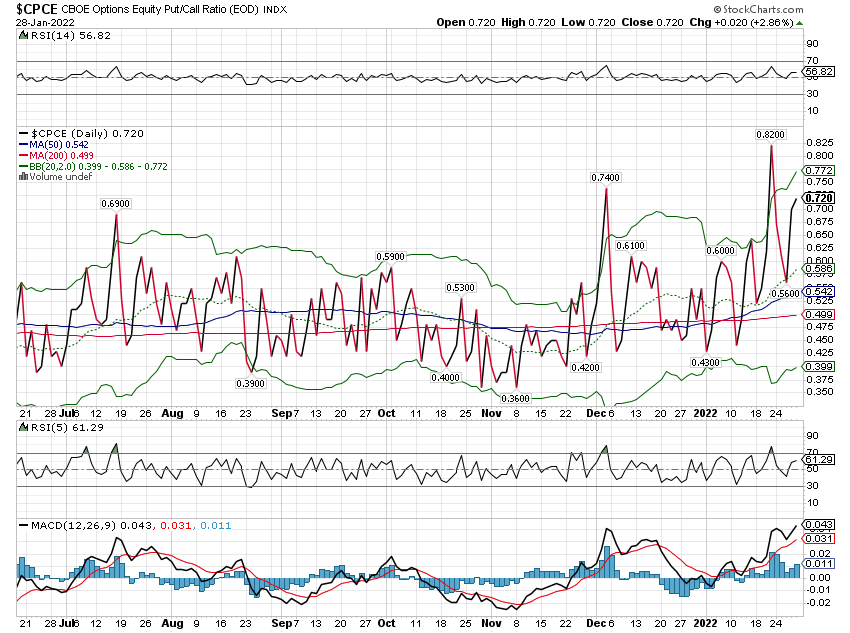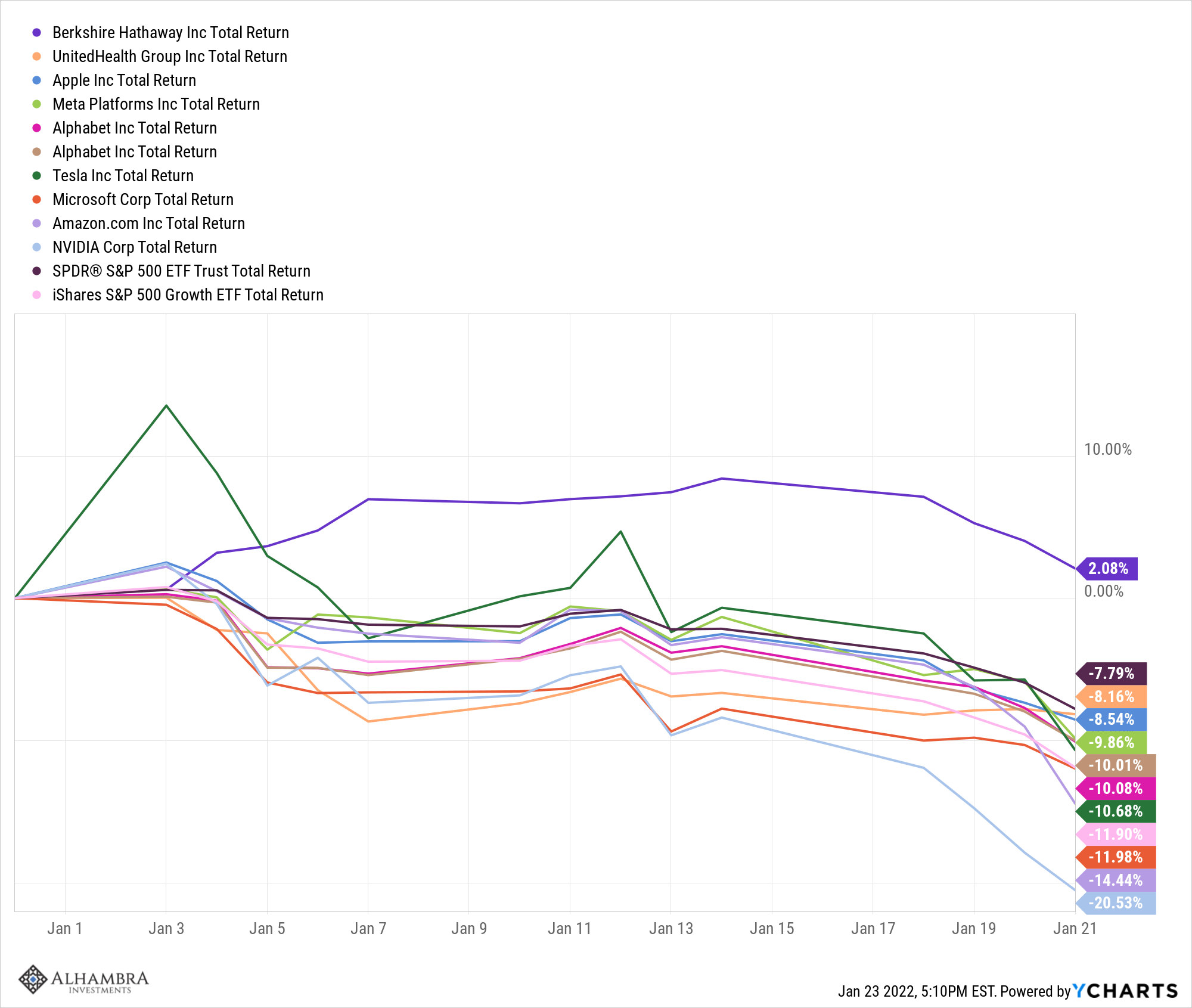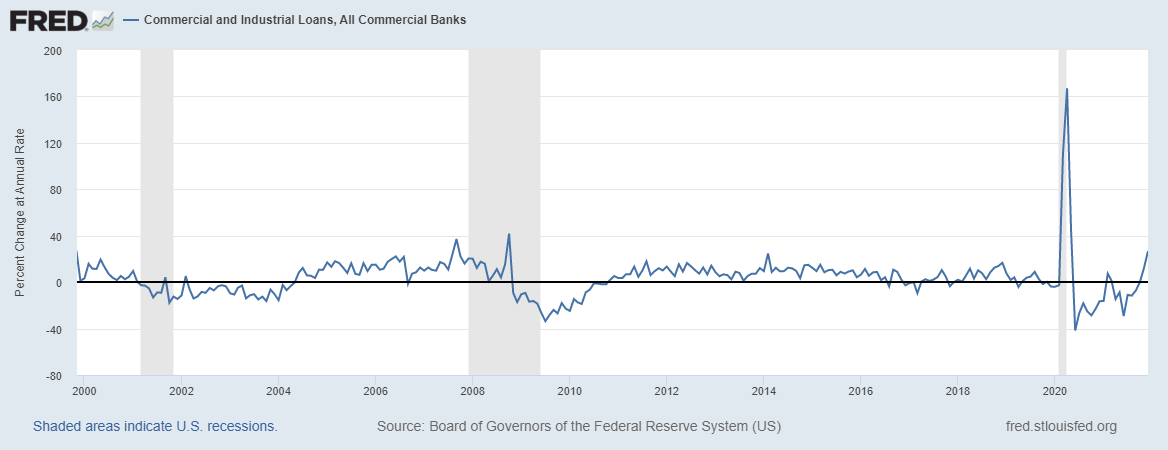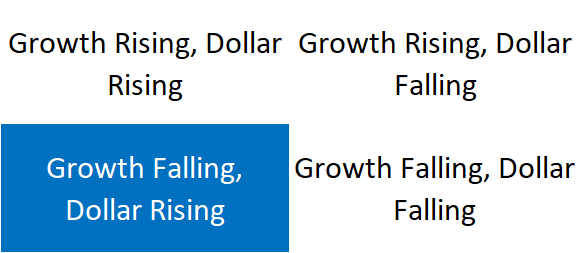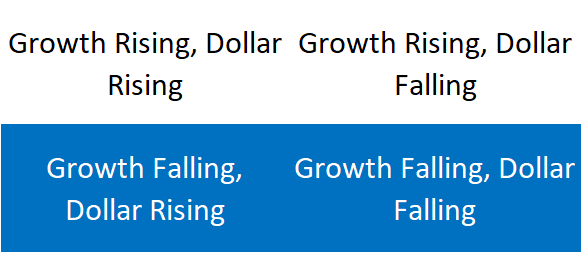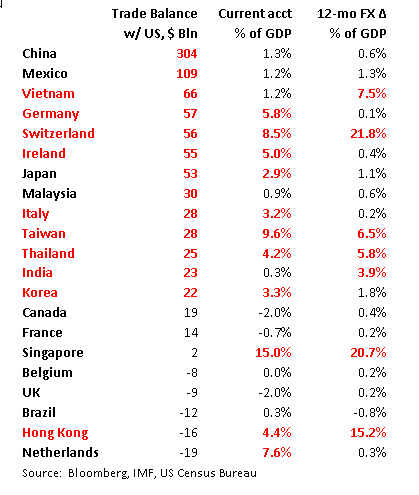EM ended last week on a sour note. The most important factor for global risk appetite has become China, with the Fed tightening cycle now on the back burner. Our base case remains that China muddles through, but policymakers there need to communicate better with the markets. The PBOC fix and Chinese equity market performance will likely be the biggest drivers for global markets this week.
Commodity prices continue to slide, with oil and copper making new cycle lows last week and adding to the gloom.
As usual, idiosyncratic EM risk remains in play. The latest reminder was S&P’s downgrade of Poland on Friday. The move was clearly in response to the new government’s policies, and our own model shows Poland at BBB and so downgrade risks remain in play. We see downgrade risk in Brazil, South Africa, and Turkey too. While markets did not react much to the attacks in Indonesia, terrorism risks are also ongoing in many EM countries.
Colombia reports December retail sales and IP today. The former is expected to rise 1.2% y/y, while the latter is expected to rise 2.1% y/y. While the economy is softening, inflation is moving further above the 2-4% target band. As such, the central bank is widely expected to hike another 25 bp to 6% at the next policy meeting January 29.
China reports December IP and retail sales Tuesday. The former is expected to rise 6.0% y/y, while the latter is expected to rise 11.3% y/y. Q4 GDP will also be reported, and growth is expected to remain steady at 6.9% y/y. At this point, it will take more than data to calm market nervousness. The PBOC yuan fix and Chinese equity market performance will probably be the biggest factors behind global risk appetite.
Brazil reports the second preview for January IGP-M wholesale inflation Tuesday, and is expected to rise 0.67% m/m. If this is sustained for the entire month, the y/y would ease for the second straight month, to 10.4% from 10.5%. COPOM meets Wednesday, and is expected to hike rates 50 bp to 14.75%. Brazil reports mid-January IPCA inflation Friday, and is expected to rise 10.65% y/y vs. 10.71% in mid-December.
Central Bank of Turkey meets Tuesday, and is expected to keep rates steady at 7.5%. There is a small handful that sees a 50 bp hike to 8%. Last month, markets were expecting a 25 bp rate hike but the bank delivered a dovish surprise and kept rates steady. But with inflation still rising and the lira still weakening, the central bank should not wait any longer to hike.
Malaysia reports December CPI Wednesday, and is expected to rise 2.8% y/y vs. 2.6% in November. This would be the highest rate since August, and suggests price pressures are building. Bank Negara then meets Thursday, and is expected to keep rates steady at 3.25%. inflation risks are roughly balanced right now, and so rates are likely to stay at 3.25% this year.
Taiwan reports December export orders Wednesday, and are expected at -6.7% y/y vs. -6.3% in November. This points to weak exports continuing in 2016. Taiwan then reports December IP Friday, and is expected at -6.8% y/y vs. -4.9% in November. With the economy still weakening, the central bank is likely to continue easing this year.
South Africa reports December CPI Wednesday, and is expected to rise 5.2% y/y vs. 4.8% in November. This would be the highest since December 2014, and getting close to the top of the 3-6% target range. SARB next meets January 28, and is expected to hike 50 bp to 6.75% then. A small handful see a 25 bp hike to 6.5%. November retail sales will also be reported, and are expected to rise 2.9% y/y vs. 3.3% in October.
Poland reports December IP and real retail sales Thursday. The former is expected to rise 5.5% y/y, while the latter is expected to rise 5.3% y/y. Almost the entire central bank RPP will be replaced over the next month, and is likely to be made up of doves. Polish assets were rocked by the S&P downgrade to BBB+ Friday and our own model points to further downgrades since its implied rating is BBB.
Mexico reports mid-January CPI Friday, and is expected to rise 2.53% y/y vs. 2.0% in mid-December. Much of this is due to low base effects, but if this rise of inflation is sustained, it will likely keep Banco de Mexico in hawkish mode. The next policy meeting is February 4. It will likely keep rates on hold if the Fed stays on hold in January, but the wild card is the weak peso. So far, there has been little pass-through to inflation, but the central bank will remain concerned about second round effects.
(from my colleague Dr. Win Thin)
Tags: Emerging Markets

















